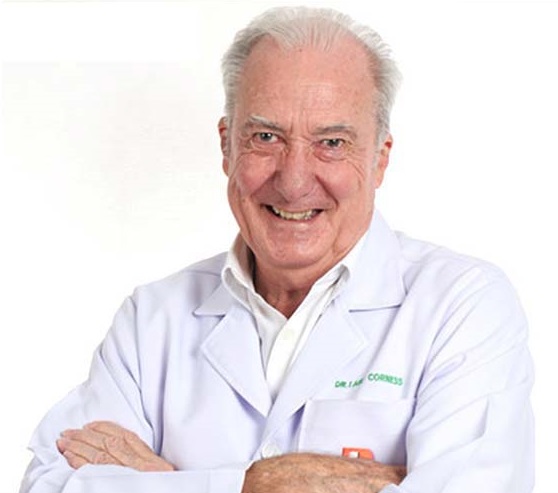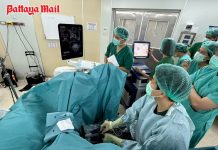 There are some patients that will stay in your memory for ever. Doris Johnson was one of those (not her real name).
There are some patients that will stay in your memory for ever. Doris Johnson was one of those (not her real name).
Doris lived in a pensioner unit around 100 meters up the road from my surgery. She was a lovely old lady, and very vibrant. However, cigarettes were her staple in life, and I’m sure the empty beer bottles outside her door were hers. But beer and tobacco was not as significant as Doris’ AAA.
AAA stands for Abdominal Aortic Aneurysm, and we doctors love acronyms. I am sure that the education bodies decreed that the medical course should contain three years of acronyms, as well as another three years of clinical practice.
So what is an abdominal aortic aneurysm (AAA)? First off, the aorta is the main artery of the body, directly connected to the heart and taking the vast majority of the blood from that important central pump to the abdominal organs and the legs. This artery is around 2 cm in diameter.
However, a situation can occur, whereby the artery begins to bulge and can grow to four or five times the normal diameter. It is this swelling that is called an ‘aneurysm’. Being of the Abdominal Aorta, then explains the AAA description. Interestingly, aneurysms are four times more common in men than women and occur most often after 55-60 years of age. Elderly males have yet another aspect to monitor, as well as their prostates!
The danger of the AAA comes from the fact that this can burst, like an over-inflated balloon, and the patient experiences a catastrophic internal hemorrhage. Fortunately, early detection and diagnosis is increasingly possible as more sophisticated medical screening methods become available.
There is a strong link between cigarette smoking and the occurrence of aneurysms. Smokers die four times more often from ruptured aneurysms than nonsmokers.
Unfortunately, until an AAA bursts, there are generally no symptoms to let you know you have one of these ‘time bombs’ waiting in your belly. The discovery is then usually during an annual physical, where it can be palpated by the doctor, but by far more accurate is an ultrasound, which can give exact dimensions, and thus progressive indication of how rapidly the swelling is growing.
The answer to this is an operation to replace the swollen, weakened artery, with a suitable piece of highly expensive ‘garden hose’ of correct length and diameter. This is a major operation, but once you have had an AAA detected, there is no other way around the problem.
So back to Doris. I had found her AAA during a routine examination and sent her off to have an ultrasound done, which not only confirmed the clinical diagnosis but also could measure the aneurysm. Doris needed an operation.
The next step was to see the surgeon and the anesthetist, and both declared that with her chain-smoking, her alcohol affected liver and general physical condition, this 70 year old was not a fit candidate for elective surgery.
It was my job to sit down with Doris and explain all this to her. Her ‘time bomb’ could go off at any time, but unless she stopped smoking, nobody was prepared to wield the knife.
Doris took it all quite calmly. “I’m old, I understand, but I don’t want an operation anyway,” was her reply. She then floored me with her next statement. “When it bursts, can I call you, and will you come to me?”
It was about nine months later I got a call from Doris when I was about half way through the morning’s clinic. “It’s happened, Doctor. Can you come?” Telling my nurse to ring for an ambulance, I ran out of the clinic and achieved near record Olympic time for the 100 meter dash.
Doris was lying in her easy chair. A cigarette was burning in the ashtray. She smiled at me and then literally died peacefully in my arms. I put out the cigarette and shed a quiet tear for Doris and waited for the ambulance.
In the stillness of her little pensioner unit, I used the opportunity to reflect on life and our tenuous hold upon it. But when someone dies in your arms, you never forget it.
04/07/2019
 |
 |





